Dog lead training: How to introduce the lead to your four-legged friend, by champion dog trainer Ben Randall
Introducing the lead to your dog can be tricky, but with a consistent routine you'll build positive associations that will last a lifetime. Dog training expert Ben Randall explains how as he shares his dog lead training routine.

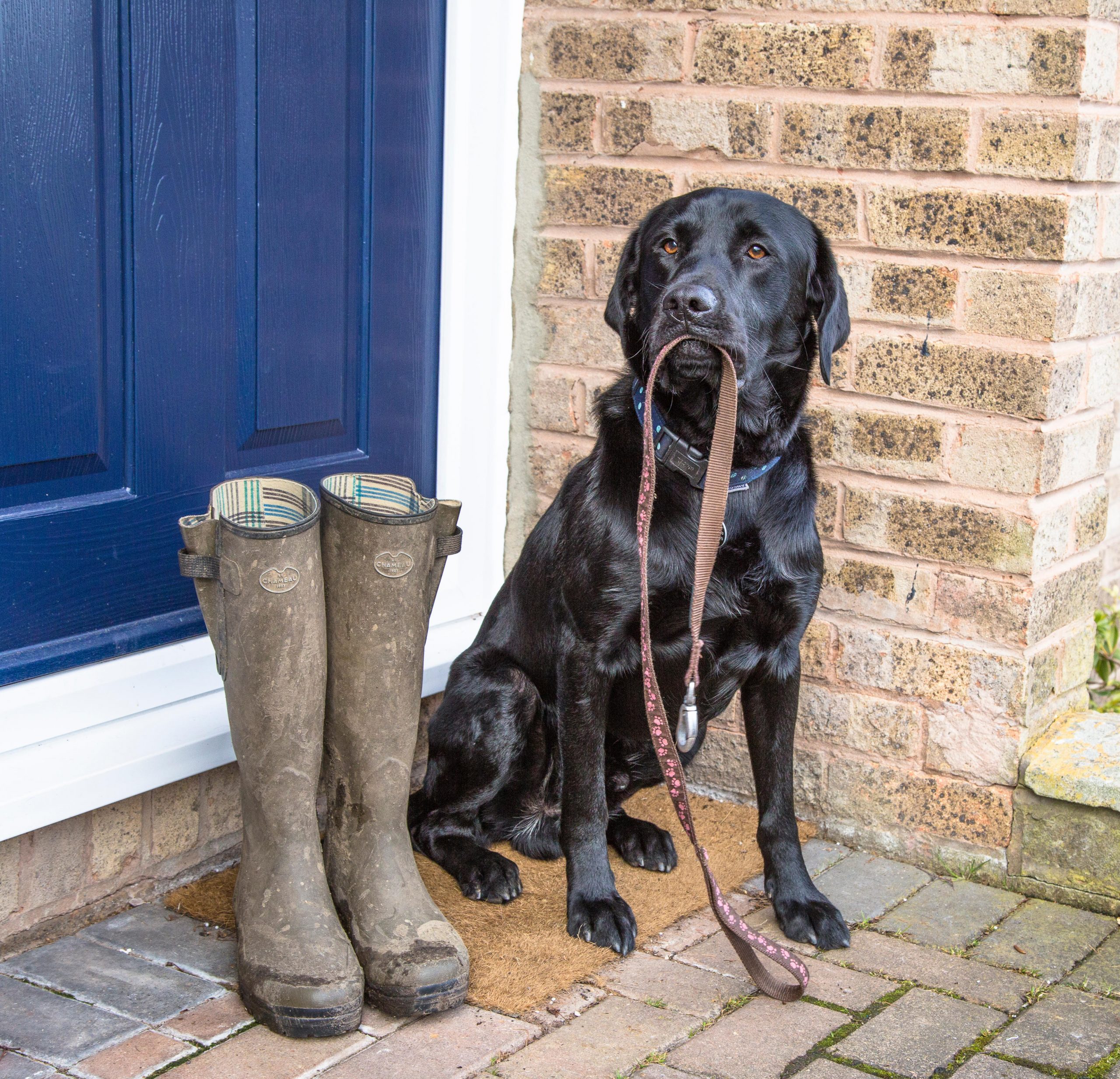
The world of dog owners is divided into two: those who have nailed dog leash training, with canine companions who trot happily along with a slack lead between them and their owner; and those who look on enviously while simultaneously hanging on for dear life as their own four-legged friend tries to tug them along.
Making sure you're in the former camp is much easier done if you get off to a good start when introducing the lead, and getting dog lead training right from the start is what we'll be tackling in this piece. In previous editions I've covered dog recall training and crate training a puppy with my proven @Beggarbush methods; this week's problem comes from reader D.T. in Berkshire, who asks 'What is the best way to introduce the lead to a puppy, so that it associates it with being a good thing rather than a restraint?'
As with all dog training, it’s imperative that we start any new regime in a positive way — here's my method.
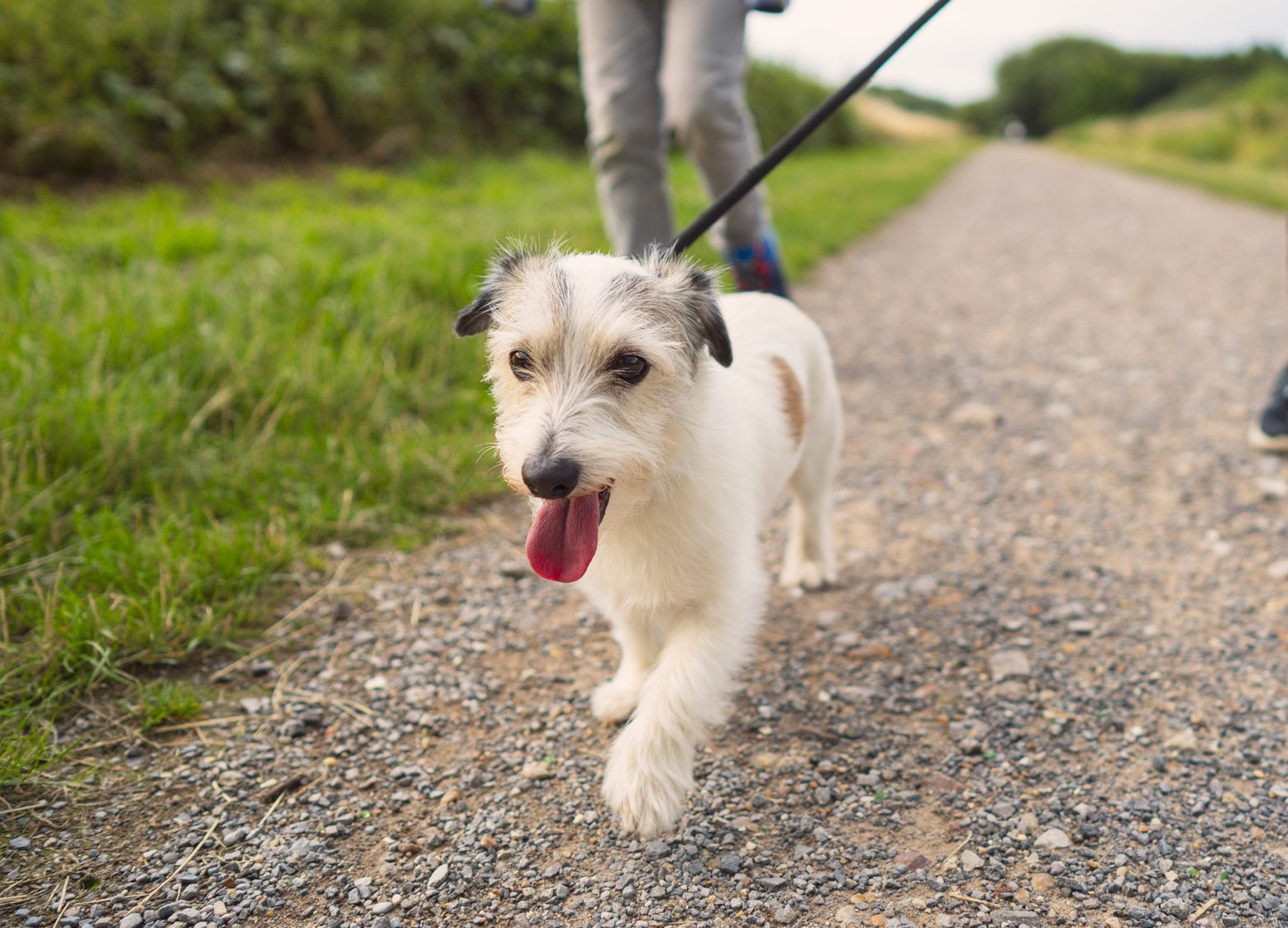
Dog lead training: Six steps to getting it right
1. Introduce the lead while your dog is doing something it loves
For most dogs, 'doing something it loves' is going to mean eating. Most puppies (and many older dogs) love their food, so mealtimes are a great time to bring the lead into their lives.
When you start, though, don't even put it on them. The first thing I do while they are eating a meal is to hold the lead (I like plain rope, slip-leads) up to their face, or drape it over their back so that they associate it with the good and happy experience of enjoying their food.
After a few days of introducing the lead at every meal — i.e. three or four times a day — and watching how they react, I slip the lead over their neck.
2. Only put the lead around their neck once they're happy around it
Once they're used to the lead, I move on to the next step of dog lead training. I take them out on their own, with some food in a bowl in my right hand and the lead in my left hand. Then, when they are relaxed and happy and looking up at the food, I place the lead over their head, shake the bowl over my left knee (as I want them looking up to my right), say the word ‘heel’ and walk forward a few paces before letting them eat the food as a reward.
Exquisite houses, the beauty of Nature, and how to get the most from your life, straight to your inbox.
3. Keep using the lead at mealtimes
I go through the knee process at every meal time, so the dog is soon making a positive association with the lead three or four times a day. After a week or so, I find that the puppy sits and watches my left arm and walks very closely to me, as it’s so fixated on the bowl in my right hand and the prospect of me giving him or her that reward.
If you do this consistently from when your puppy is 8 to 10 weeks old, the impact on your dog lead training will be fantastic and your dog will always associate the lead with something positive and fun.
4. Incorporate the lead into your dog's toilet routine
It’s a good idea to incorporate the same lead regime when taking the puppy outside to do its business. Repeat the process by asking the dog to sit and, while holding the loop of the lead in left hand, put your right hand (in which you’re holding a piece of kibble) through the loop of the lead and touch the dog’s nose or mouth before giving them the kibble and placing the lead over their head.
Next, show them another piece of kibble in your right hand, say ‘heel’ and walk them to the garden. However, do not keep repeating the ‘heel’ command, as it should only be used when you want the dog to change direction and because you want to encourage them to follow you everywhere without giving that command.
When you get to the lawn, ask the dog to sit again and, still holding that piece of kibble in your right hand, take the lead off with your left hand and try to pause for 5 to 10 seconds, before rewarding your puppy with the food and giving it the ‘toilet’ command.
5. Stay patient — it's worth the effort
Once he or she has done what they need to do, recall the puppy by their name or by 2-3 little pips on an Acme whistle and, as the they approach, repeat the process by holding the loop of the lead in your left hand and touching your dog’s nose with your right hand, then putting the lead over their head.
However, this time, don’t reward the puppy right away — give the ‘heel’ command, walk them calmly into the house, ask your dog to sit, remove the lead and then praise and give them the piece of kibble.
I realise this is a bit complicated and time-consuming; but, if you put the time and effort in on your dog lead training now, you’ll build great foundations for the rest of your dog’s life.
Got a question for Ben Randall? Email paws-for-thought@futurenet.com
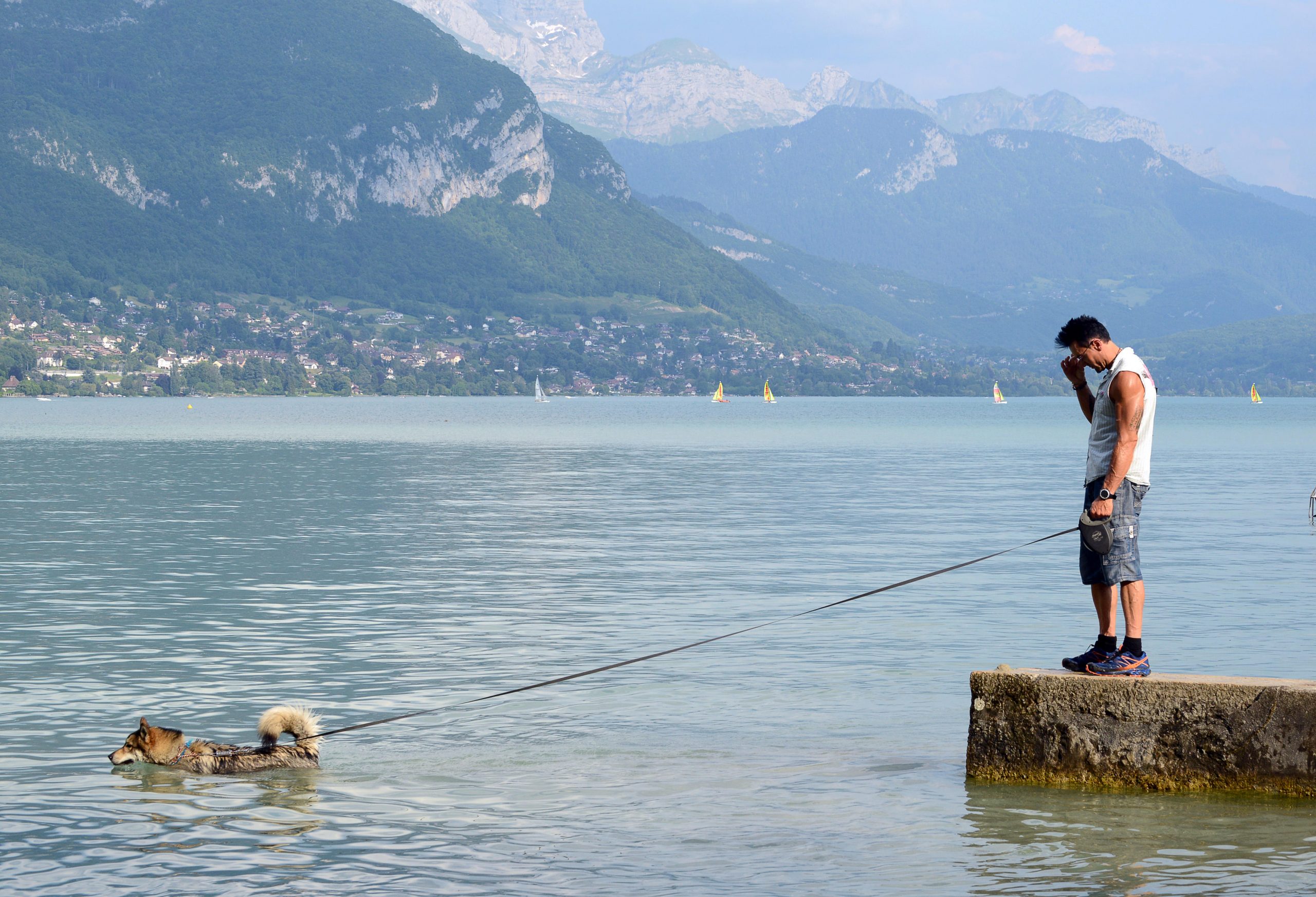
For more detailed advice about Ben Randall’s positive, reward-based and proven BG training methods, one-to-one training sessions, residential training or five-star dog-boarding at his BGHQ in Herefordshire, telephone 01531 670960 or visit www.ledburylodgekennels.co.uk
For a free seven-day trial of the Gundog app, which costs £24.99 a month or £249.99 a year, visit www.gundog.app/trial
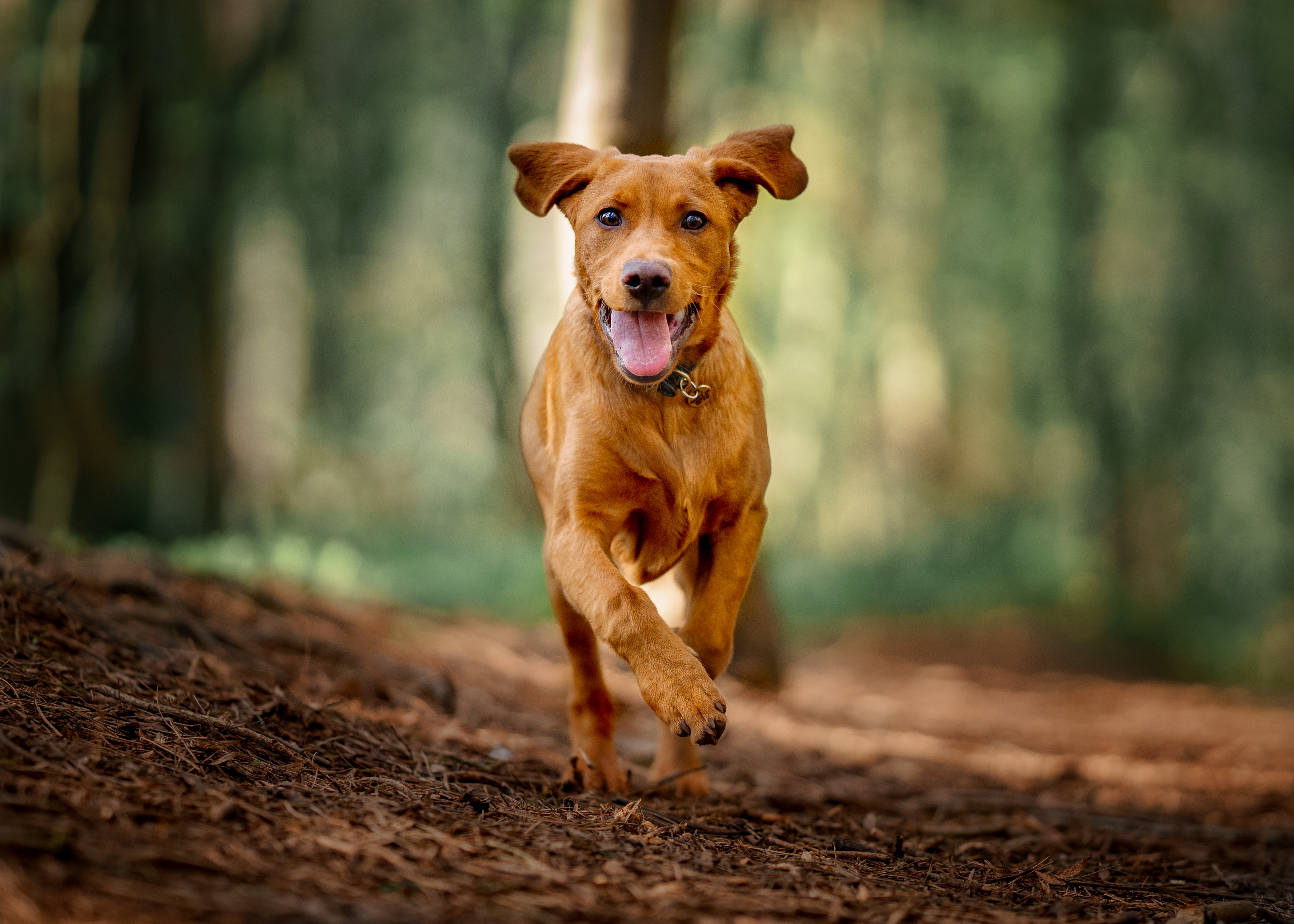
Credit: Getty Images
Dog recall training: Six tips from champion dog trainer Ben Randall
Training your dog is not easy — and with the huge recent rise in dog ownership, it's never been a better
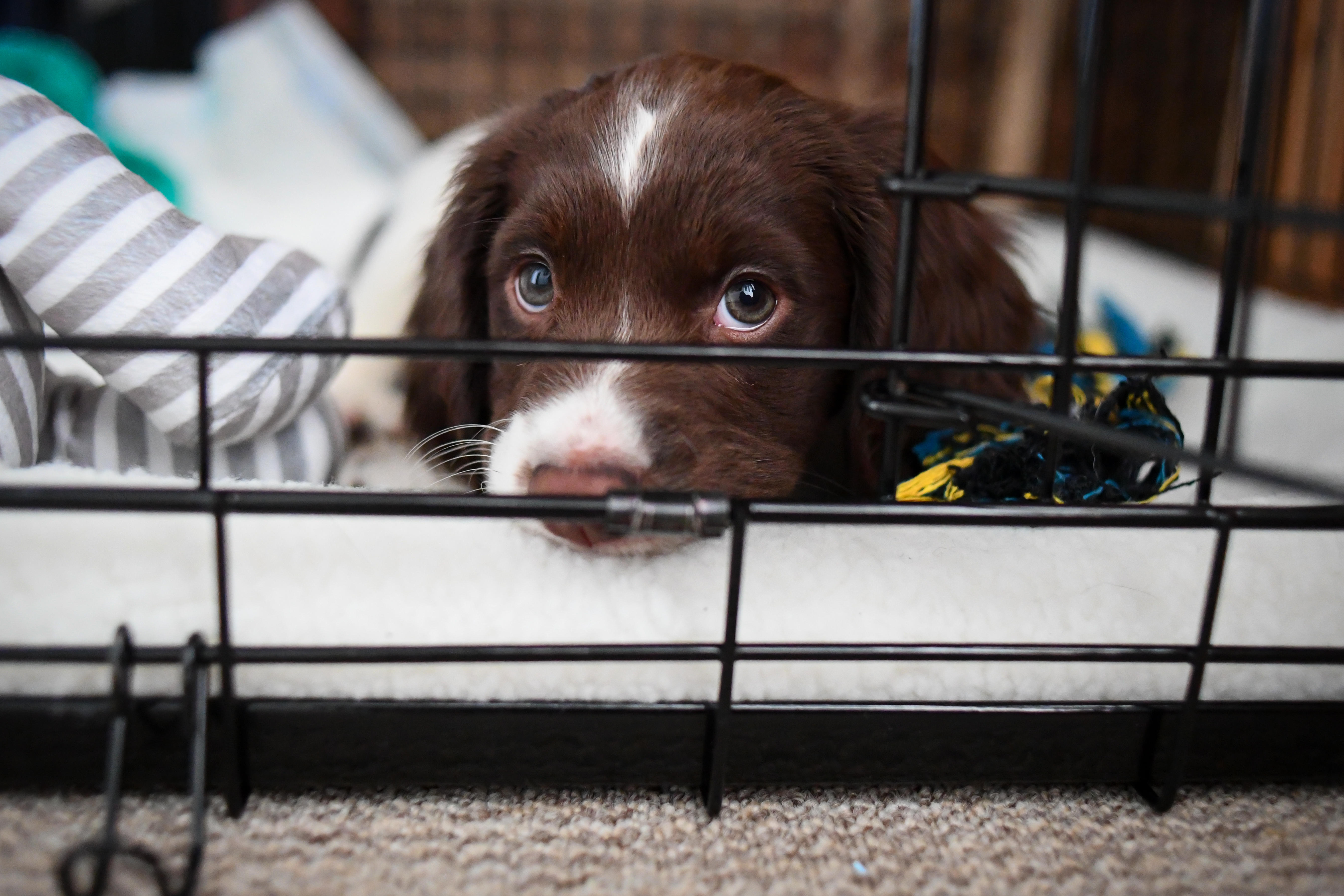
Crate training a puppy: Six tips from expert dog trainer Ben Randall
Puppy crate training can be tricky, yet it can pay dividends in all sorts of ways — even making puppy toilet
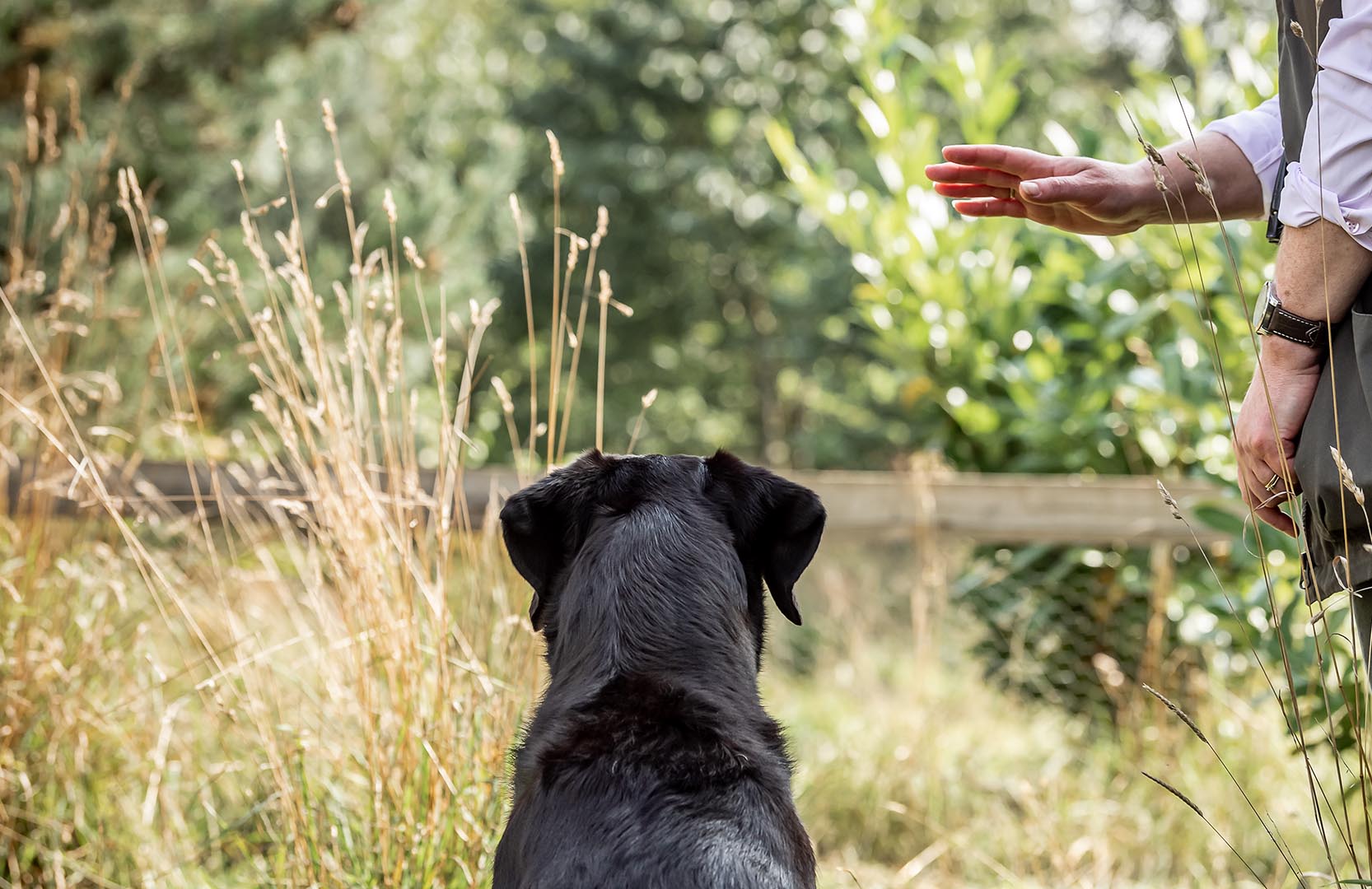
The champion dog trainer with a game-changing method who can teach any dog new tricks
Award-winning dog trainer Ben Randall — who looks after the dogs for everyone from David Beckham to Gordon Ramsay — happened
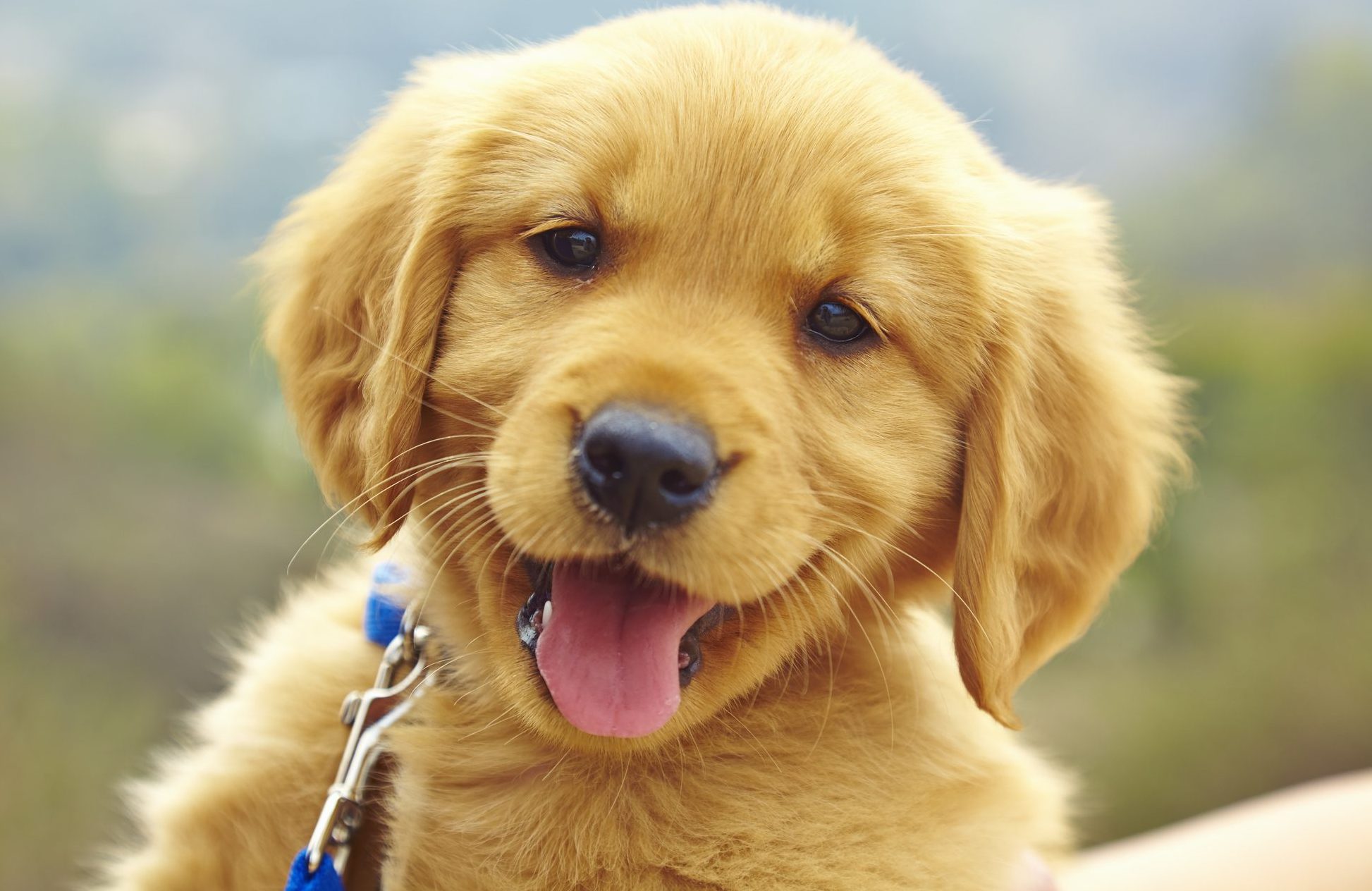
How to choose the perfect dog to fit your lifestyle, family and home
Those who grew up with dogs probably already know which breed they want to own, and have done for years.

